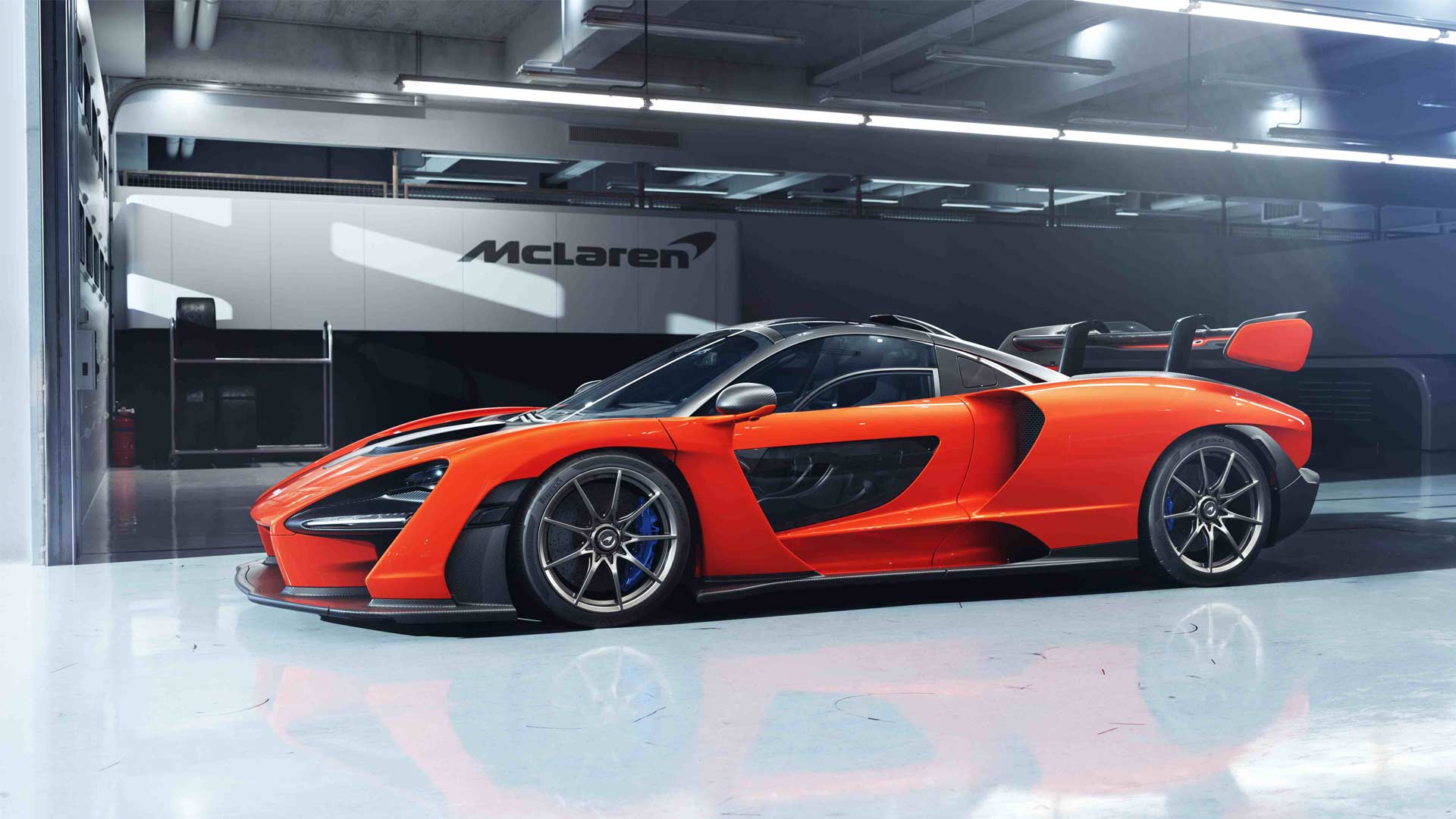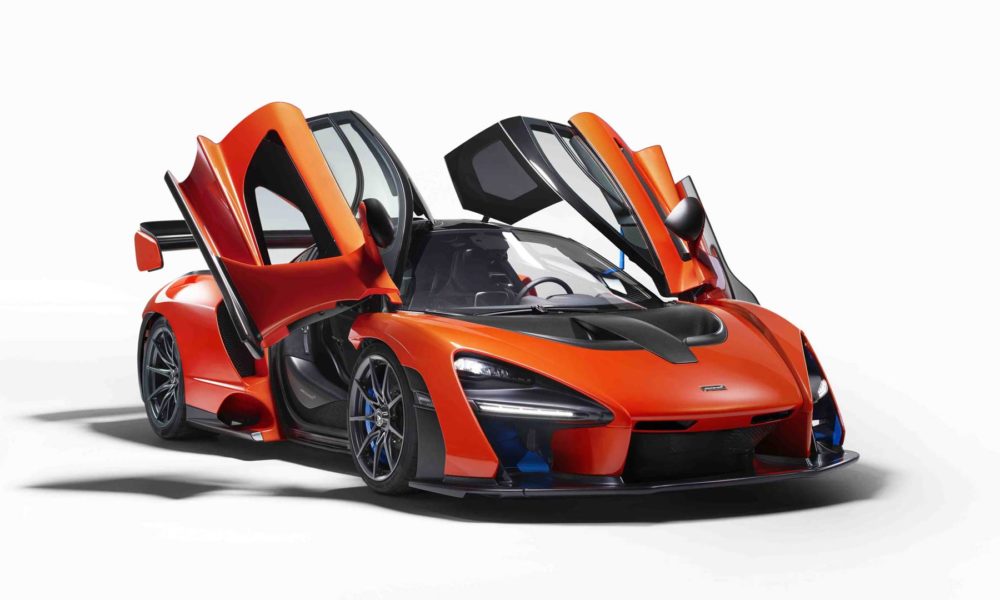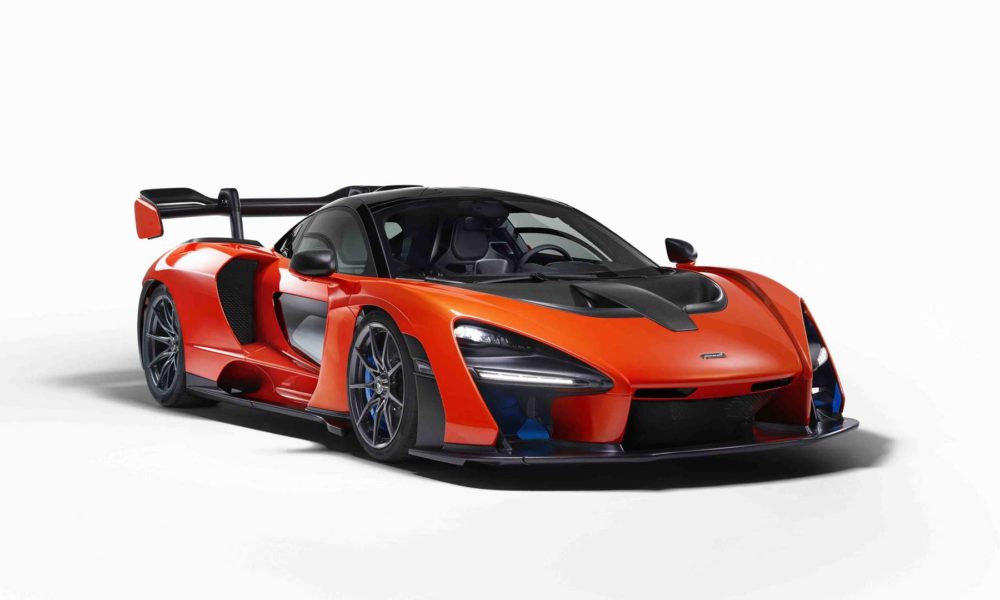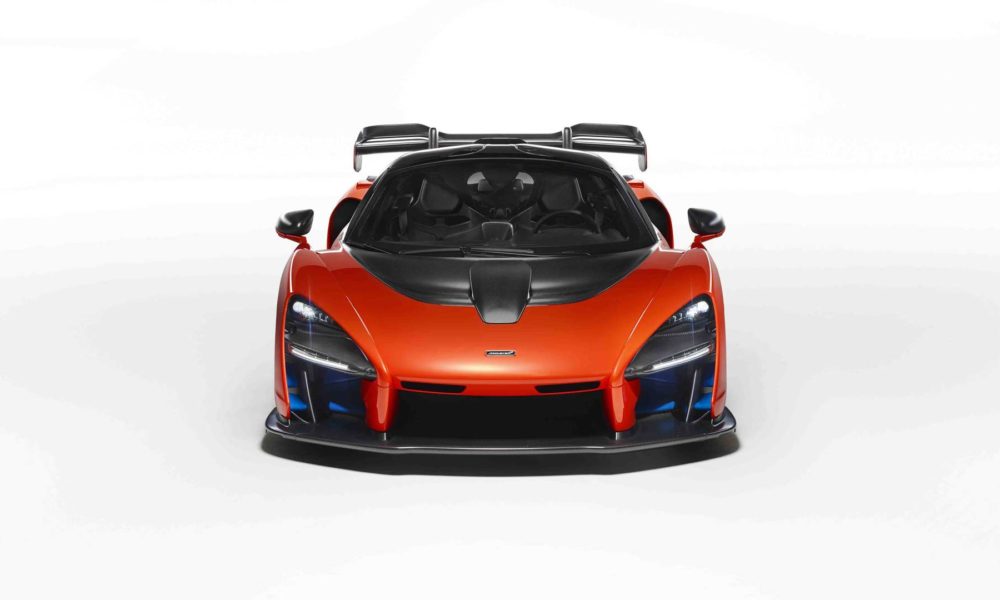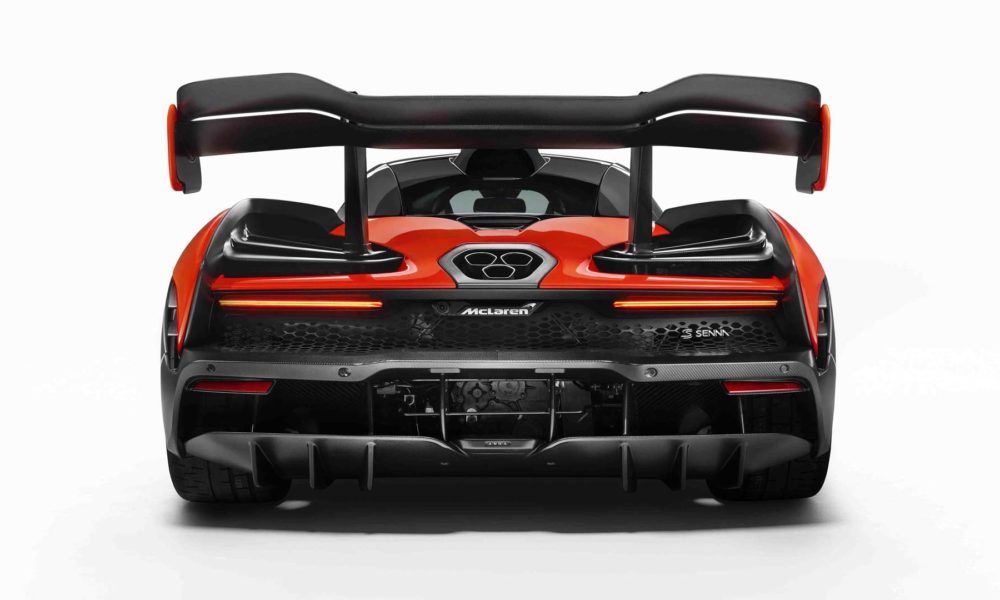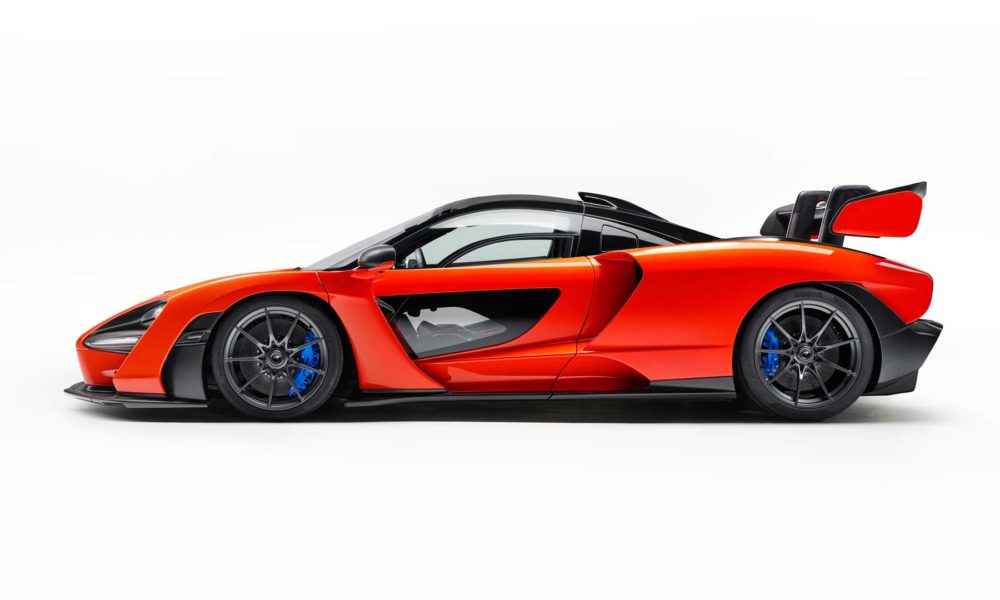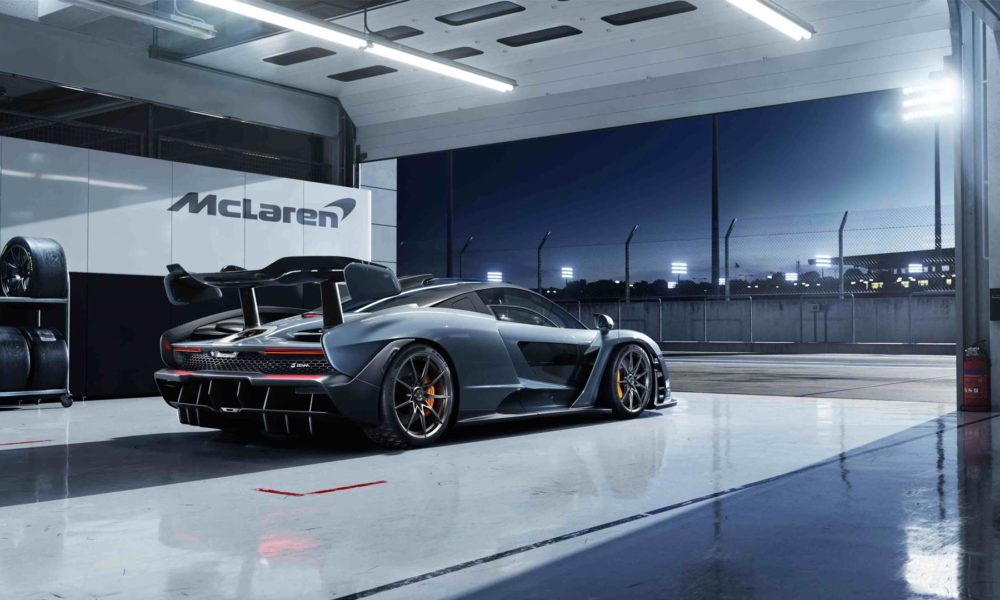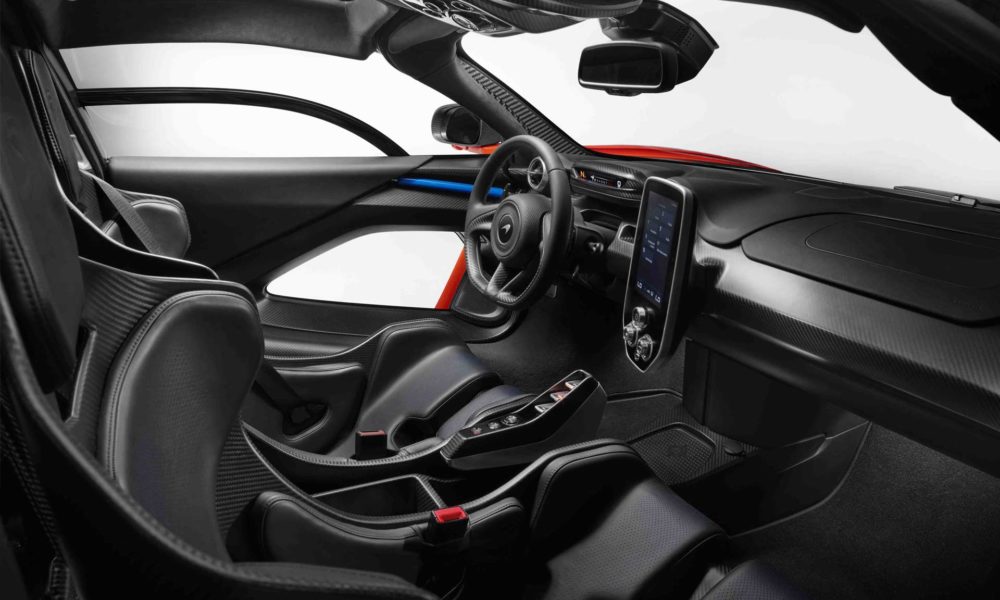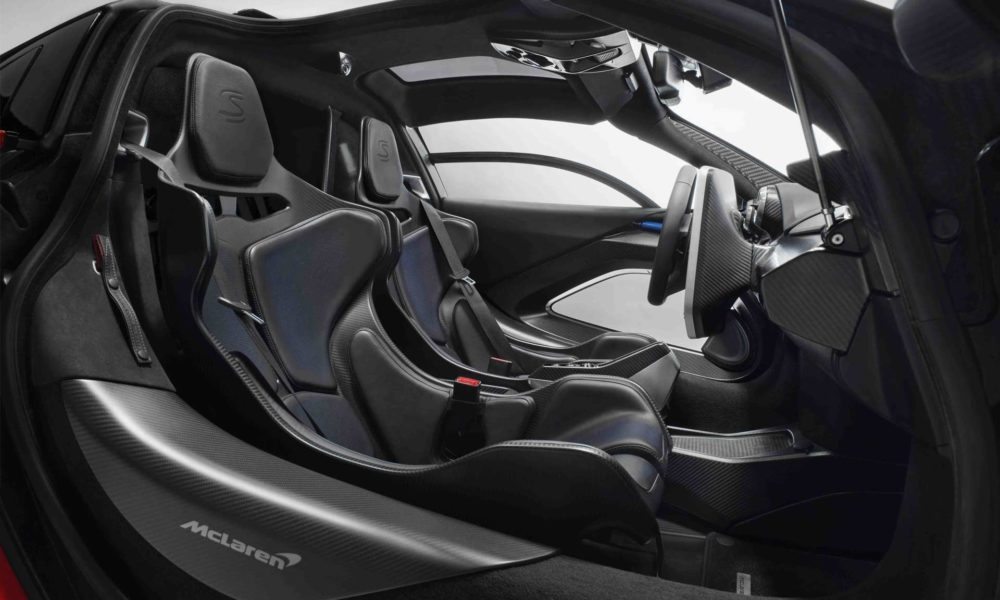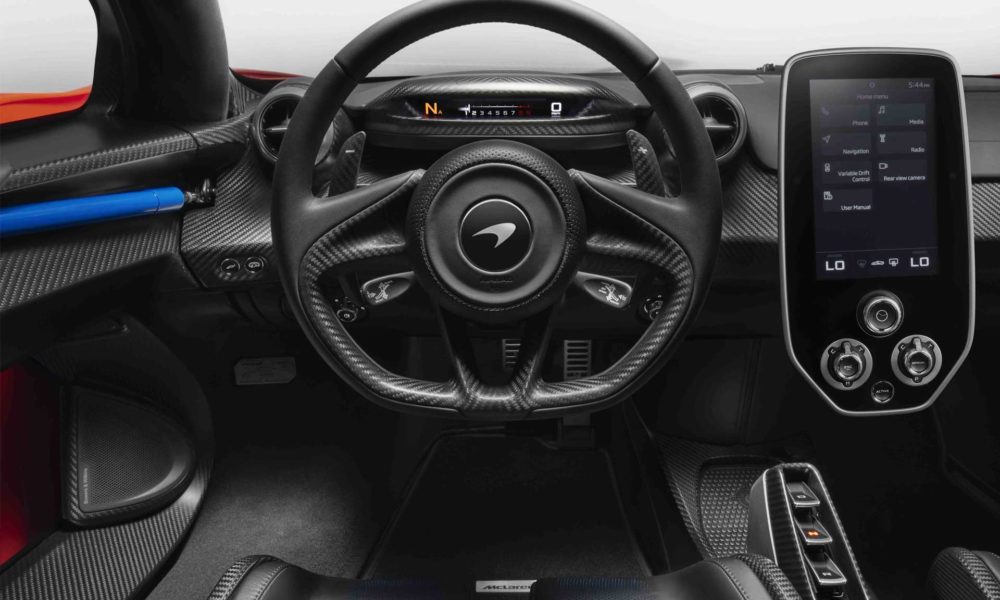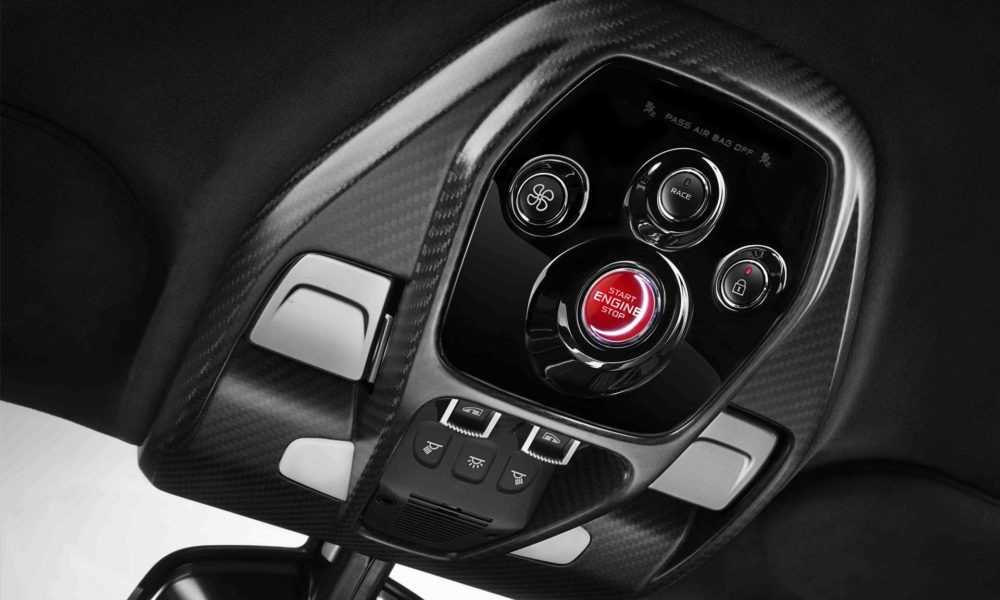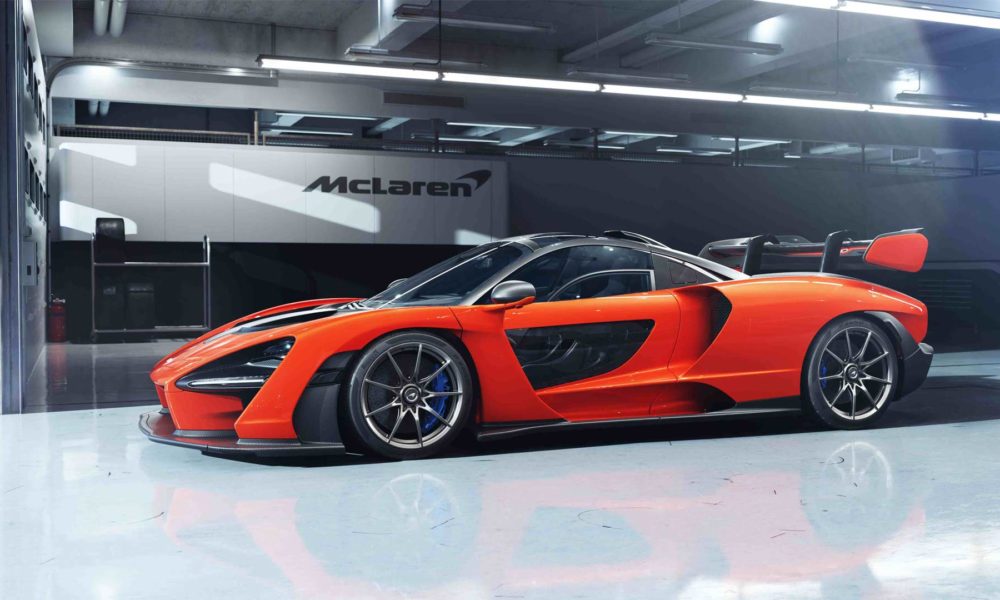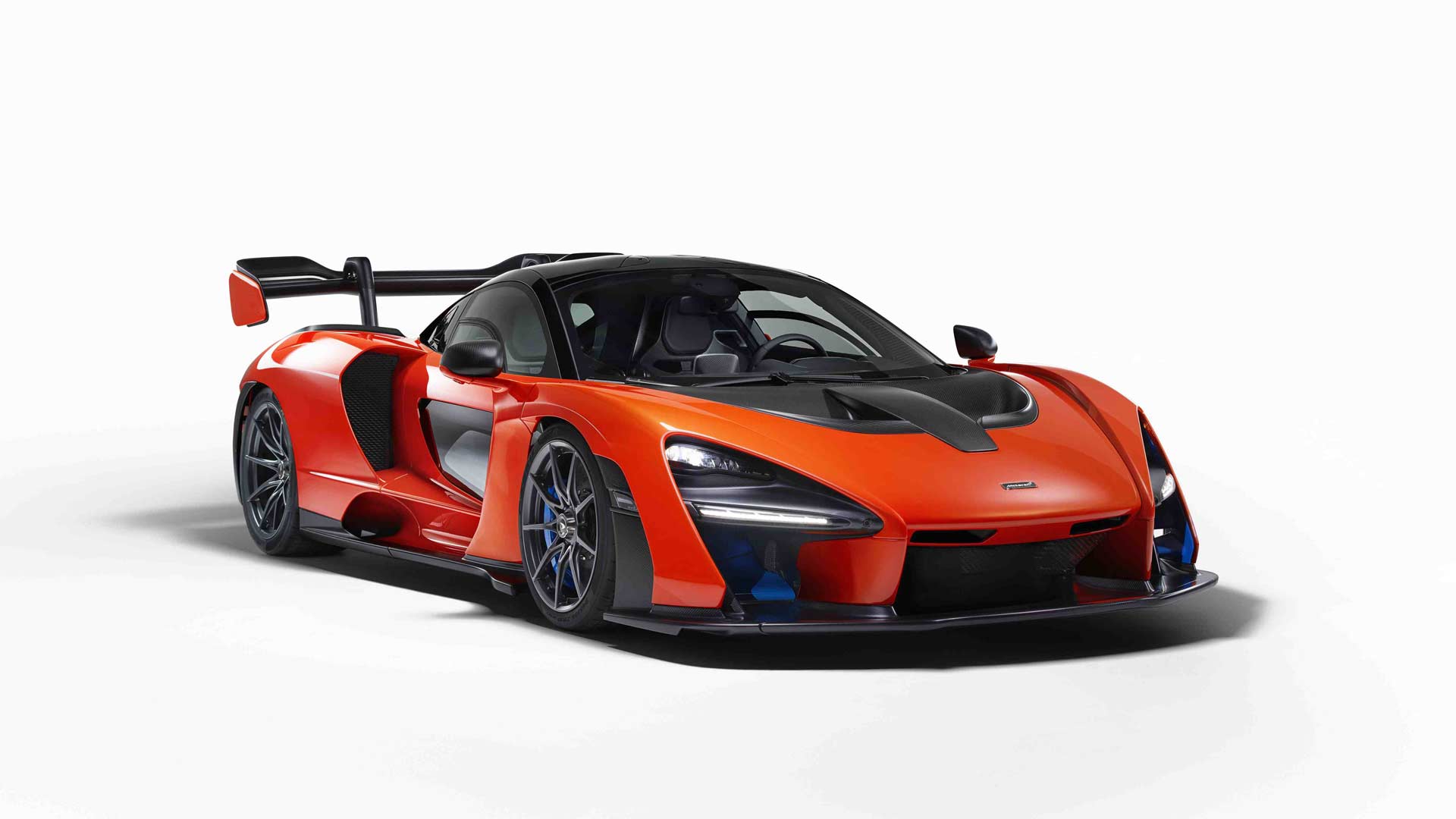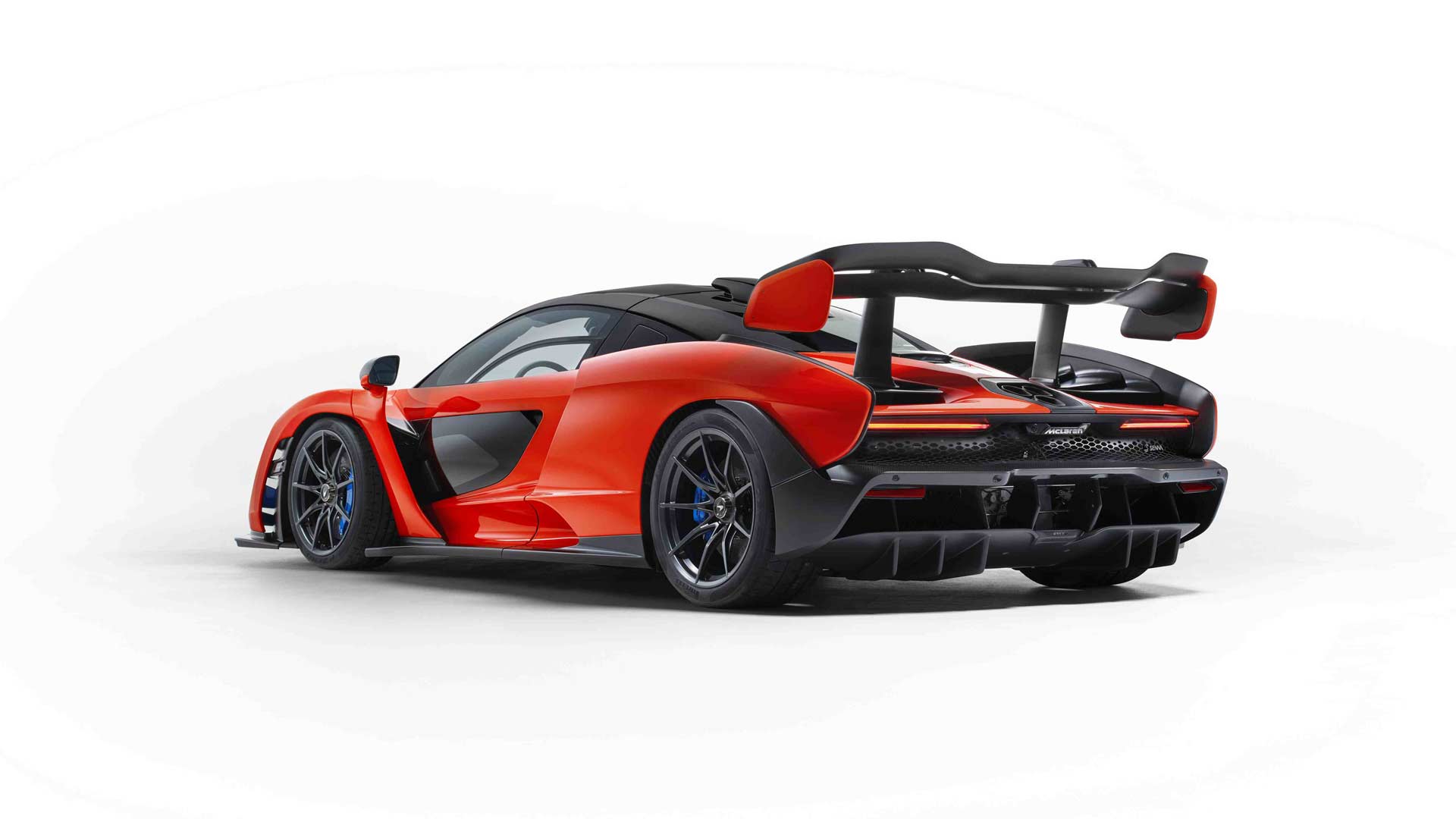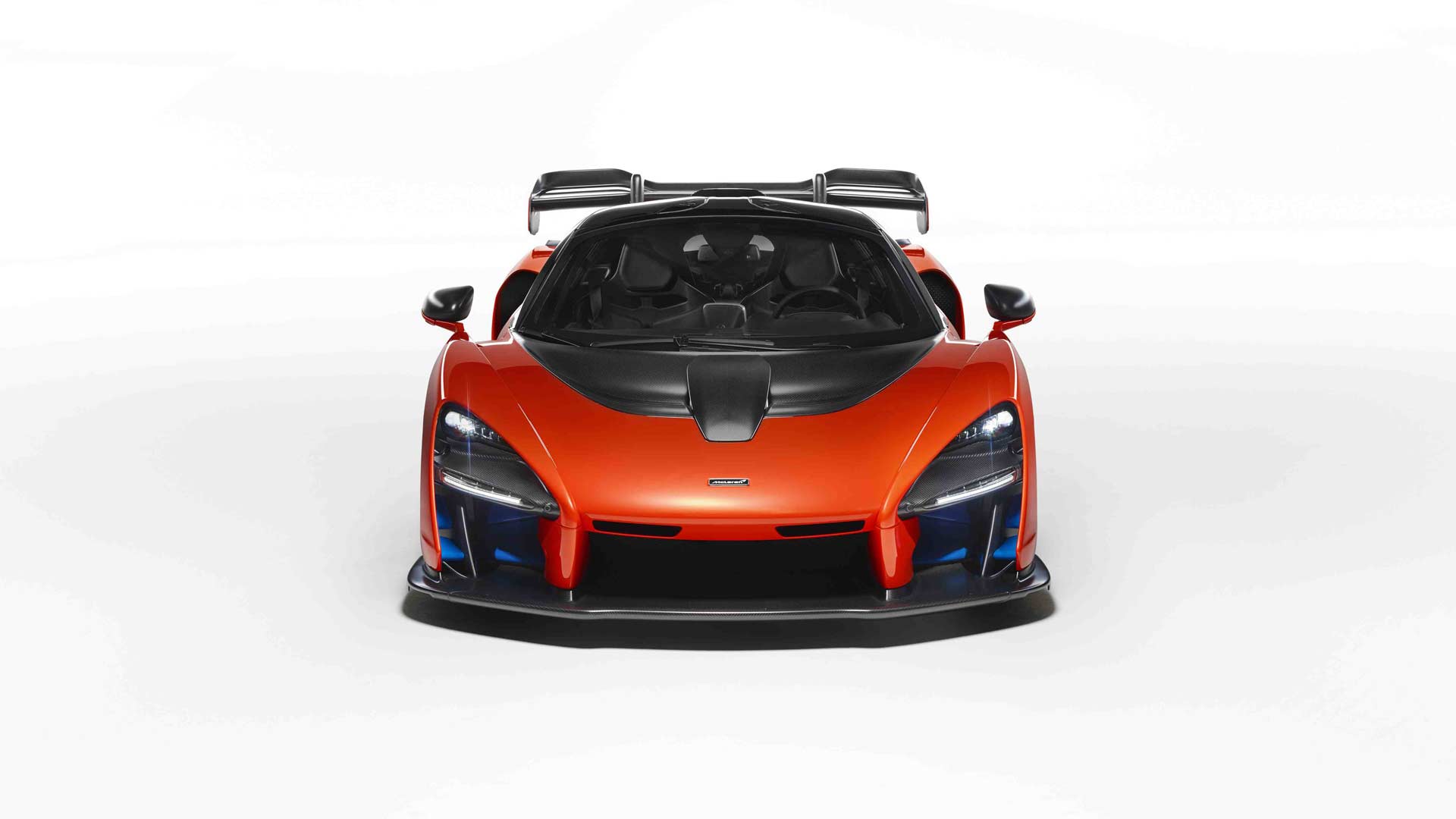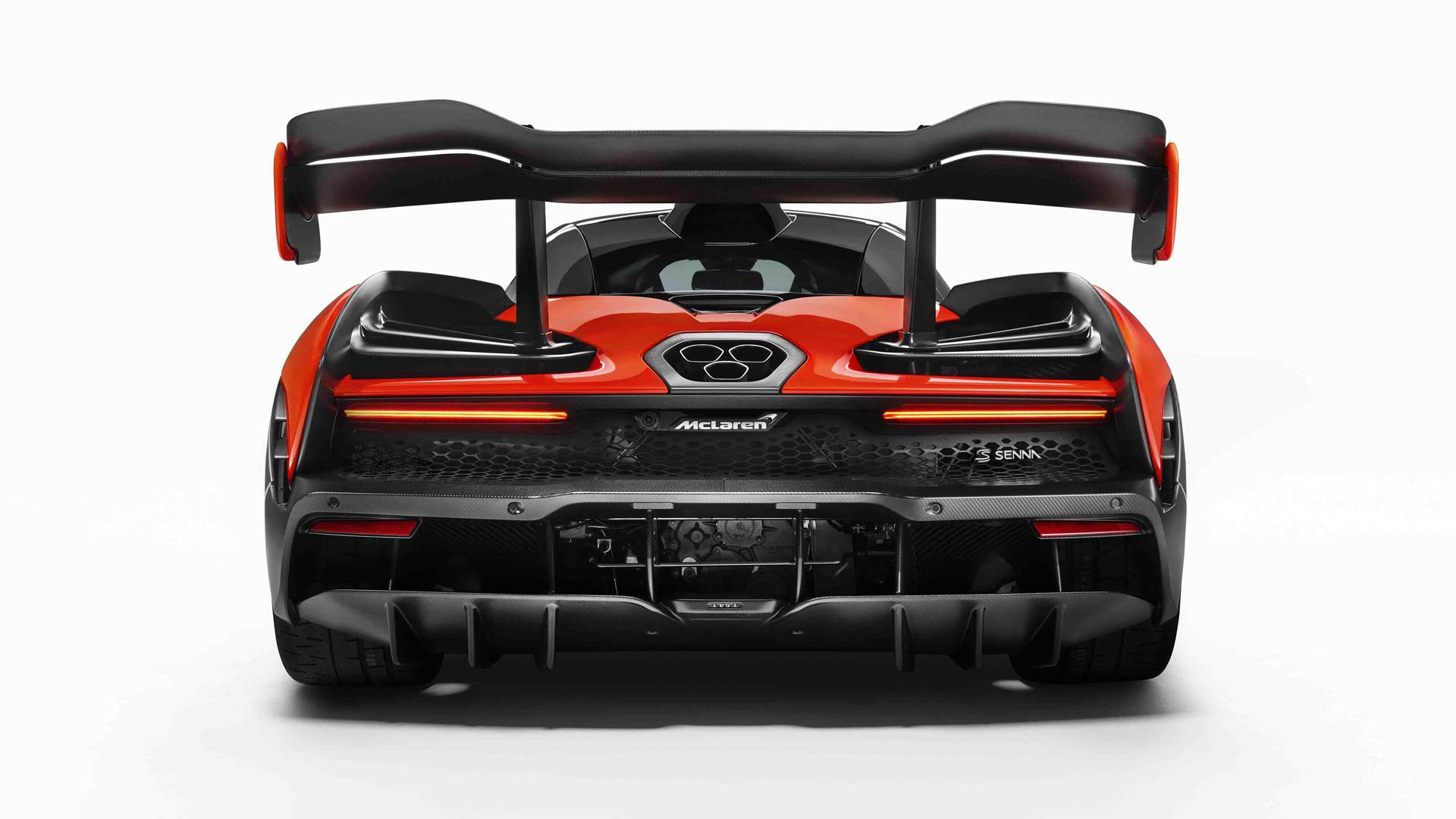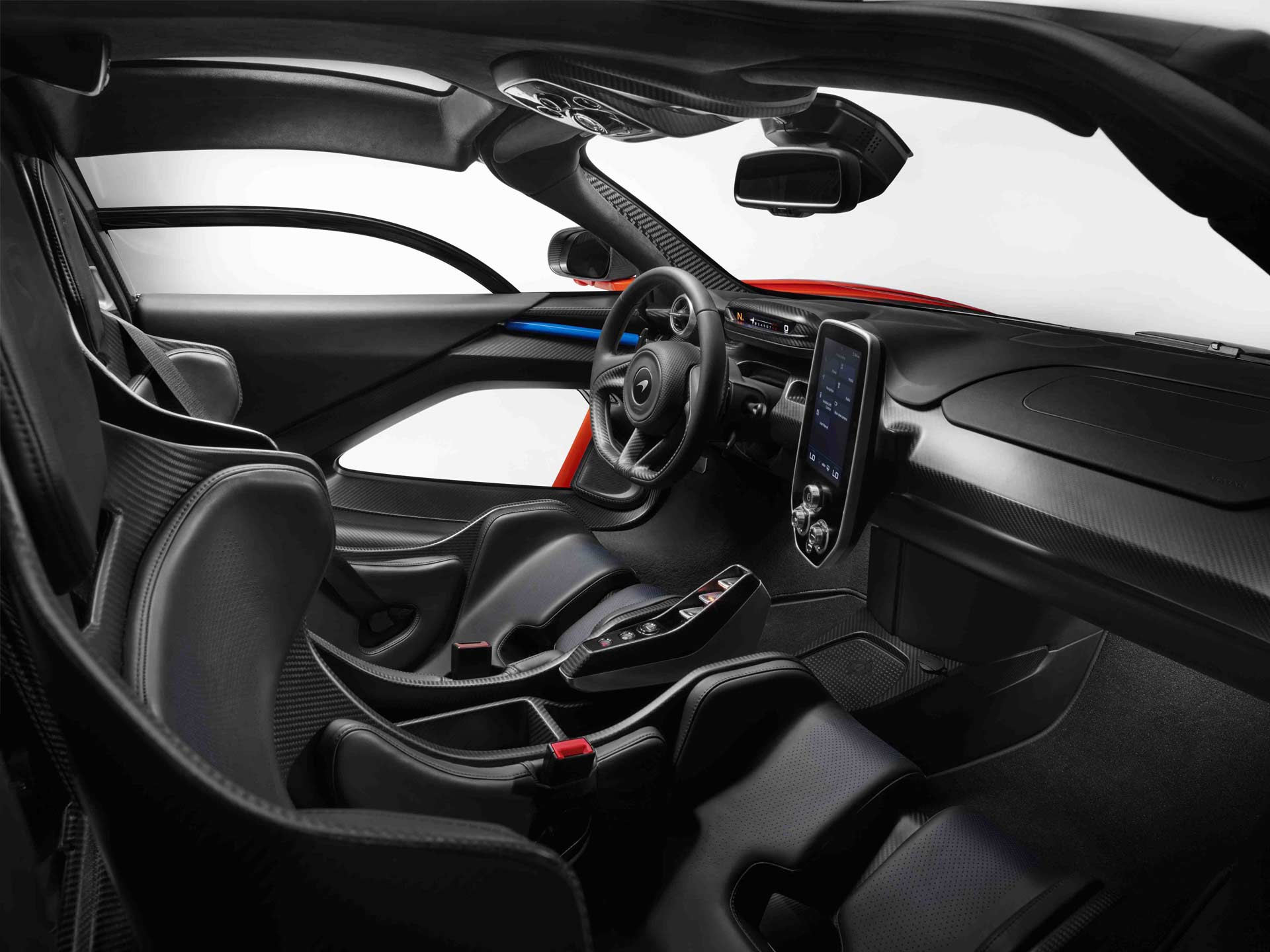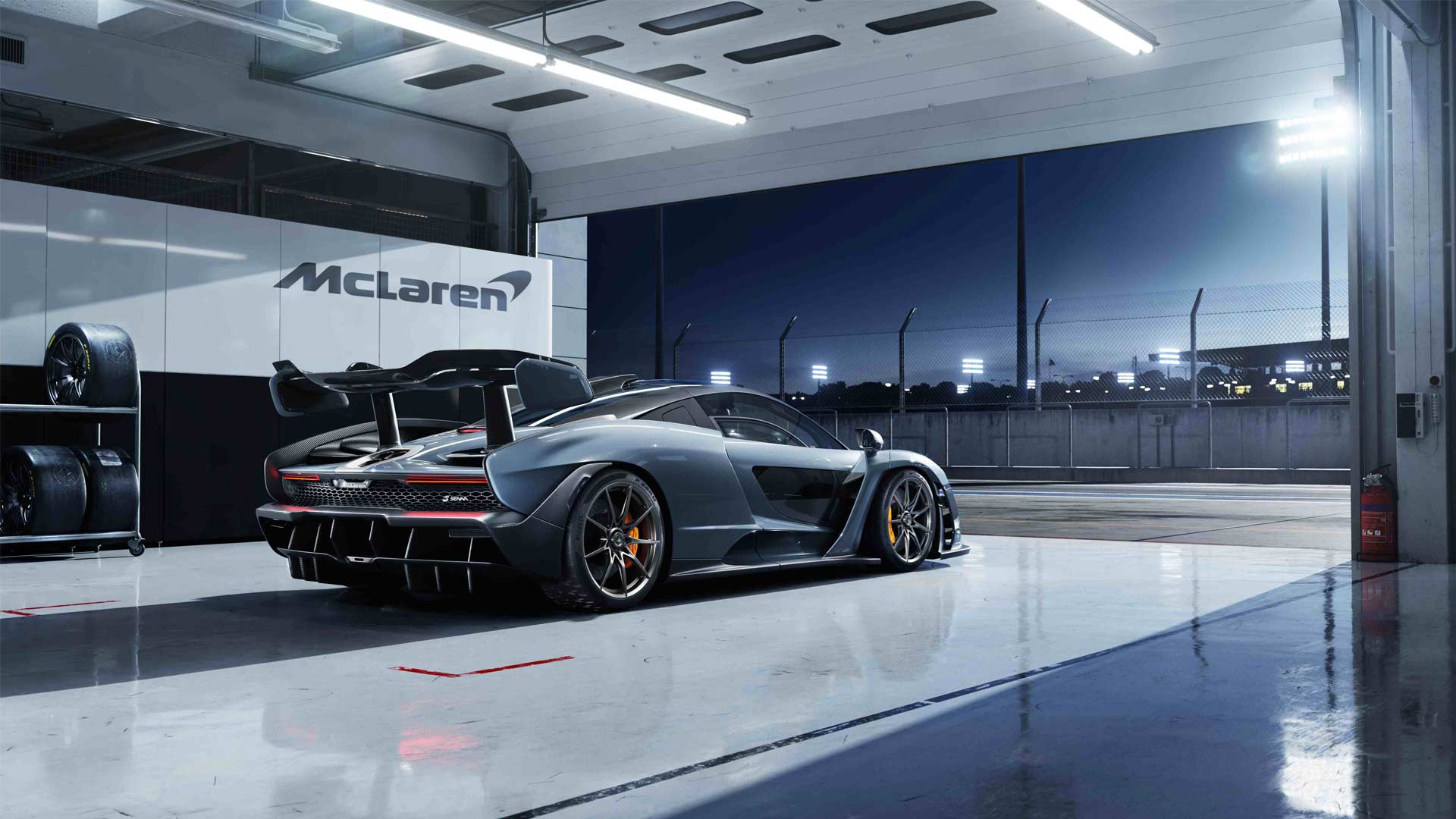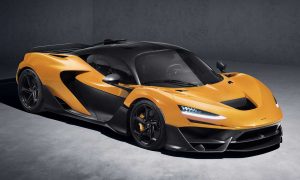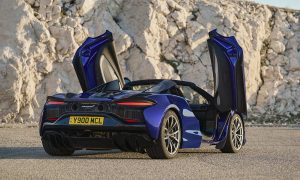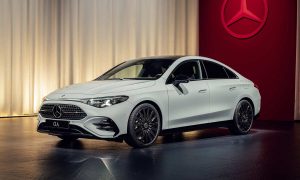“You commit yourself to such a level where there is no compromise. You give everything you have; everything, absolutely everything.” That’s right, the codename P15 finally has a name and it belongs to the legendary Formula 1 driver Ayrton Senna. McLaren calls it the ultimate road-legal track car.
Super lightweight
The carbon fibre Monocage III chassis that forms the core of the Senna is a further developed version of the structure that underpins the McLaren 720S and the strongest monocoque ever built by McLaren for a road-legal vehicle. All body panels are made from carbon fibre, that has resulted in the Senna being the lightest road-legal McLaren since the iconic F1 road car, at just 1,198 kg, the company said.
The front and rear get active aero bits. The front aero blades can be finished in one of five ‘By McLaren’ theme specifications that include Azura Blue and McLaren Orange. The double diffuser at the rear is created as a single piece of carbon fibre.
The hydraulically actuated double-element carbon fibre rear wing that at its highest point sits 1,219 mm from the road when the car is stationary.
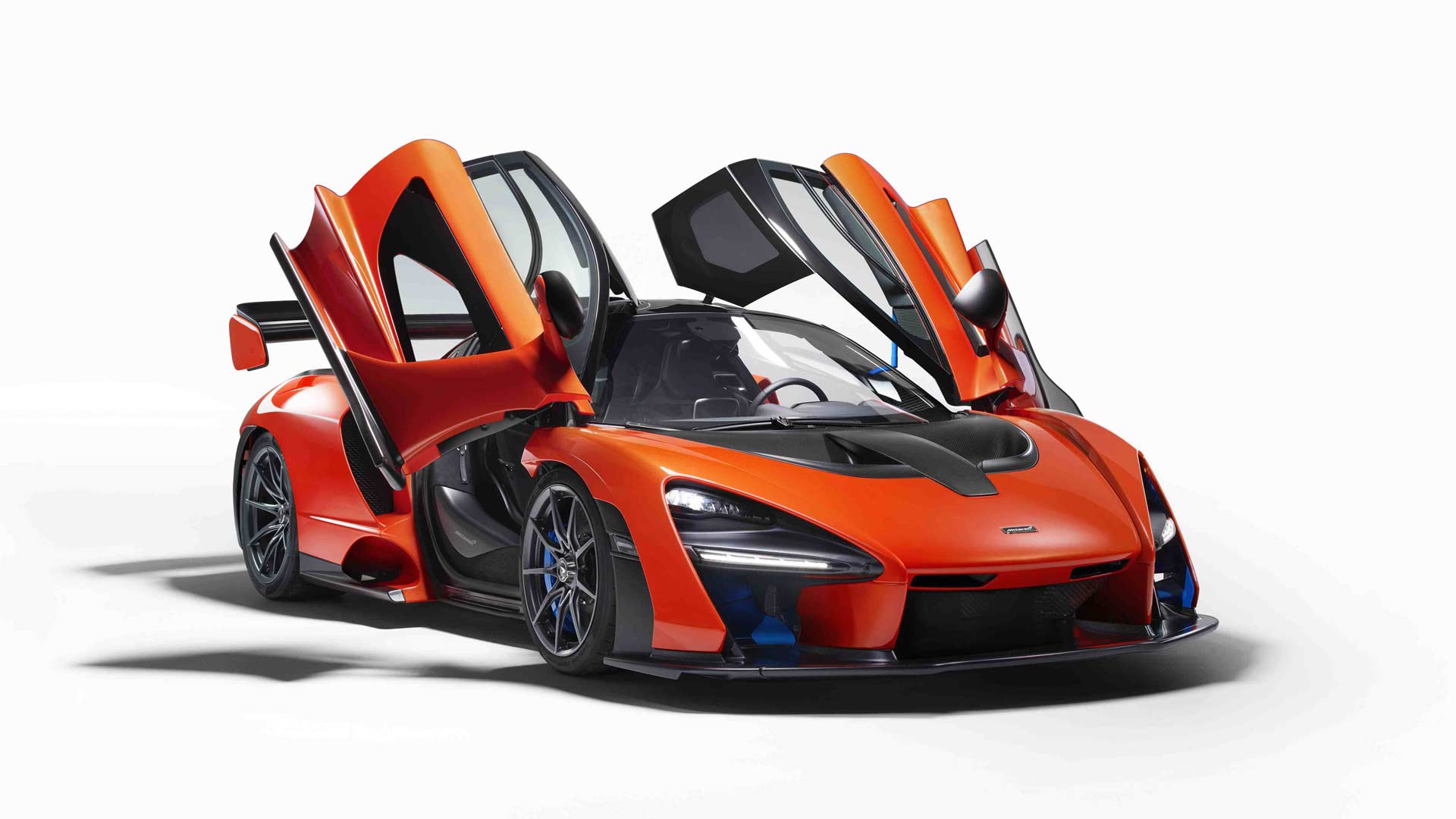
Doors
The carbon fibre doors feature two-piece glass side windows with a fixed top part and a smaller opening section below. The glass can be had as a replacement for the carbon fibre panels that are standard-fit. According to McLaren, this is to enhance the sense of space inside the cockpit and in the case of the glazed door lower, dramatically reinforces the visual connection between driver and track environment.
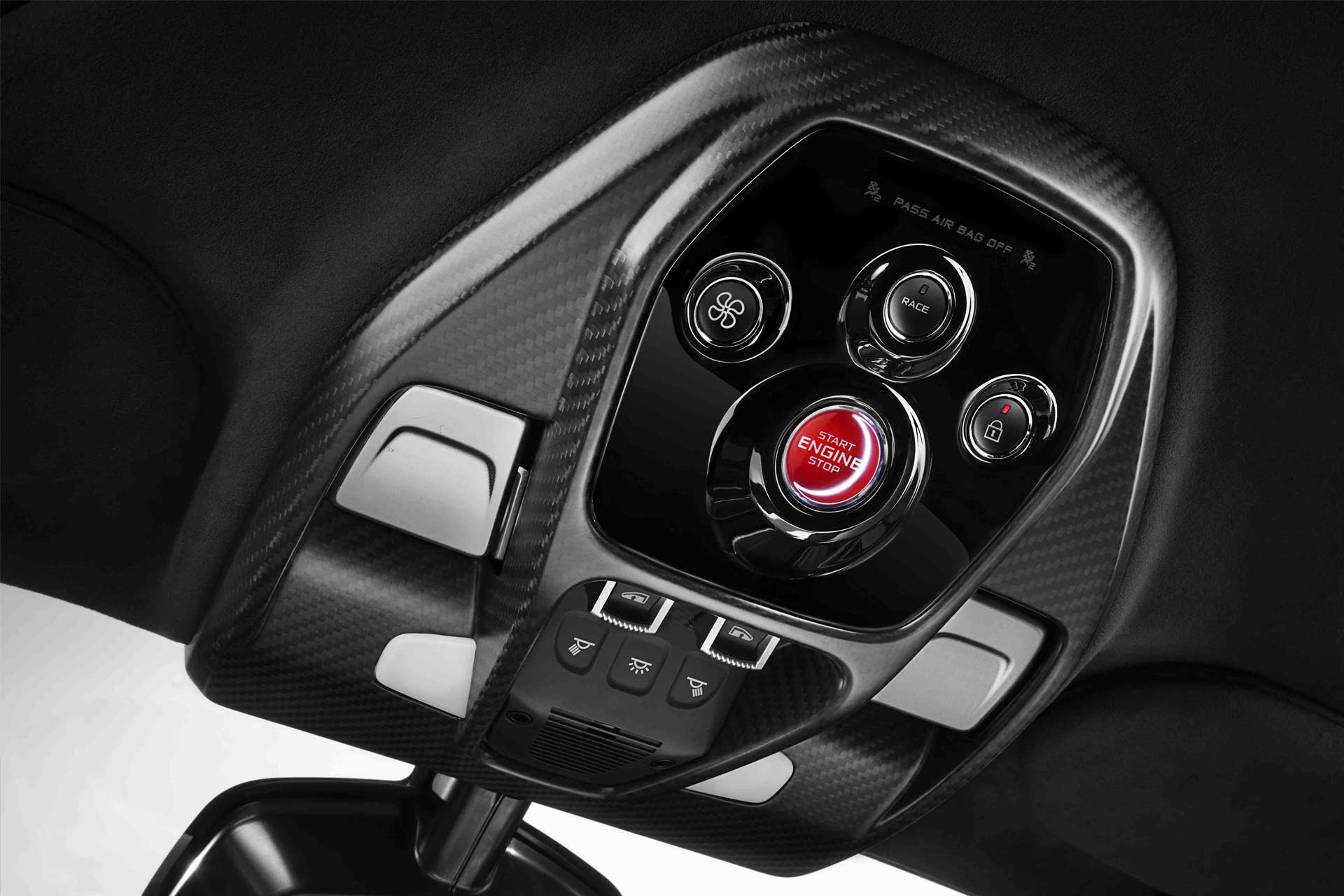
To accommodate the door design, the release mechanisms and window switches are housed alongside the engine start button in a carbon fibre console above the driver’s head. Interiors get some generous exposed carbon fibre wherever you lay your eyes.
The Folding Driver Display we saw in the 720S makes it to the Senna as well, and so is the central infotainment screen. And while McLaren designers stopped short of removing the second seat altogether, there is no contingency for excess baggage; storage space is restricted to a chamber behind the seats integral to the Monocage III with just enough room for two helmets and race suits.
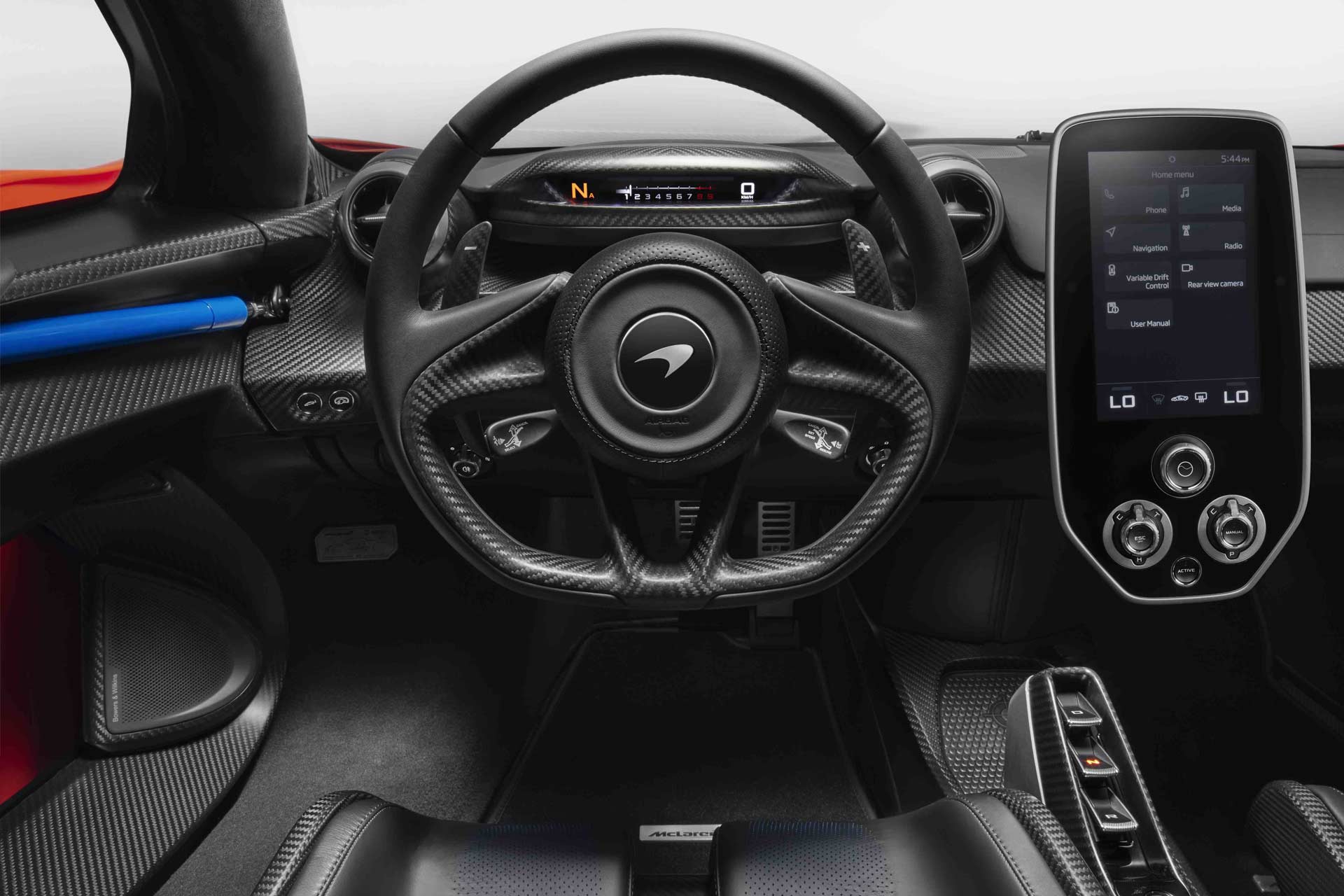
Powertrain
Codenamed M840TR, the 4.0-litre twin-turbo V8 is tuned to produce 800 PS (789 bhp) and torque of 800 Nm (590 lb-ft). According to McLaren, it is their most powerful road car internal combustion engine ever. The power-to-weight ratio is at 668 PS-per-tonne.
Transmission is a 7-speed dual-clutch automatic sending power to the rear wheels. The driver can go manual via paddles mounted on a rocker behind the steering wheel.
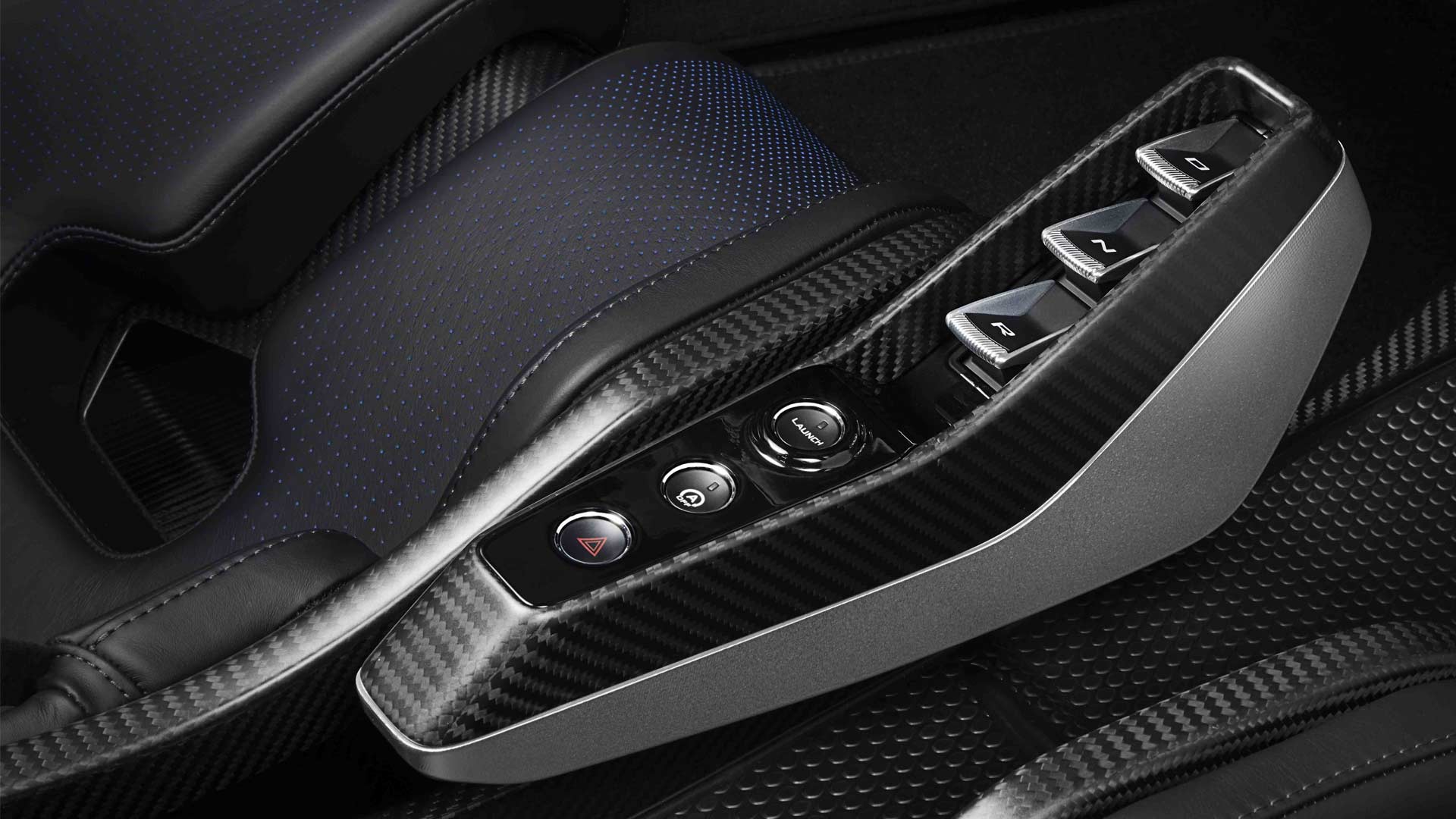
The character of the 4.0 twin-turbo V8 and the transmission can be tailored using the Active Dynamics Panel, with the driver having a choice of Comfort, Sport or Track modes. Whatever the mode, performance is suitably savage, apparently. Throttle response is immediate and neck-snapping, pinning the driver back into their seat, said McLaren.
Suspension and Braking
The suspension is a RaceActive Chassis Control II (RCC II) – a double-wishbone suspension system that additionally features hydraulically interconnected dampers and a hydraulic replacement for conventional mechanical anti-roll bars. It also further develops the variable stiffness and ride height technology first seen in the McLaren P1.
The adaptive dampers are interconnected hydraulically, both left to right and front to back, with two valves per damper to independently adjust for compression and rebound. The stiffness of the Senna is separately controlled using a kinetic roll system, or K-damper. The continuously variable RCC II system advances the control strategy introduced on the 720S and also adds a Race mode, which introduces a lower ride height, lower centre of gravity and significantly stiffer suspension.
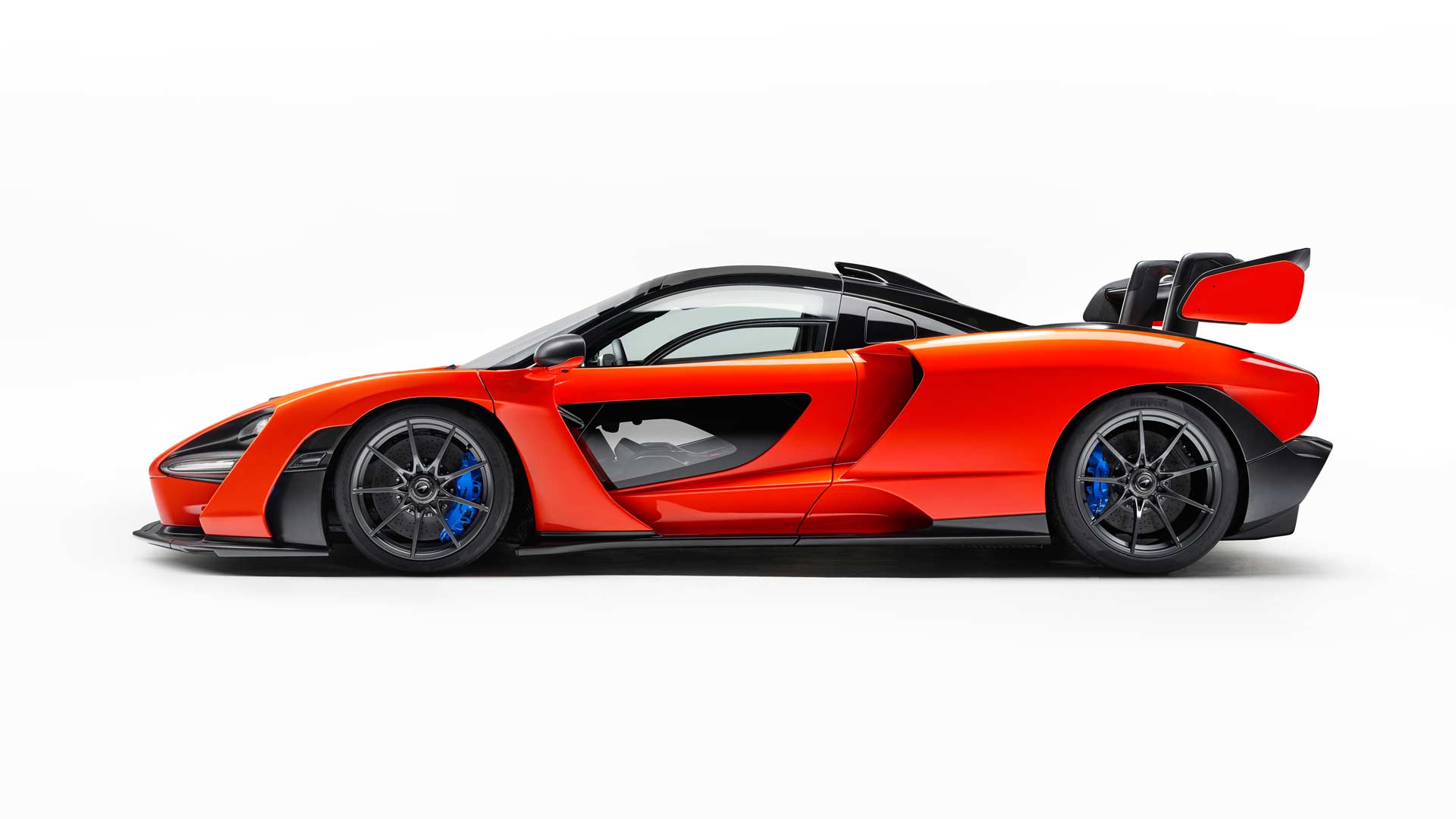
Dynamic parameters can be adjusted via the aforementioned Active Dynamics Panel located on the centre console.
As for the braking system, McLaren said that the Senna’s carbon-ceramic discs are the most advanced ever fitted to a McLaren road car. Tyres are a bespoke Pirelli P Zero Trofeo R, they are designed for race tracks but approved for road use. Only one style of wheel is available: an ultra-lightweight alloy wheel with a race-inspired centre lock system.
Price
McLaren Senna, the third model introduced under the McLaren Track22 business plan, will be hand-assembled in England at the McLaren Production Centre. Limited to 500 vehicles, each unit has a tag of £750,000 including taxes (UK) and all already allocated.
The McLaren Senna will make its public debut in March, at the 88th Geneva International Motor Show.

Leave a Reply
Note: Comments that are unrelated to the post above get automatically filtered into the trash bin.
